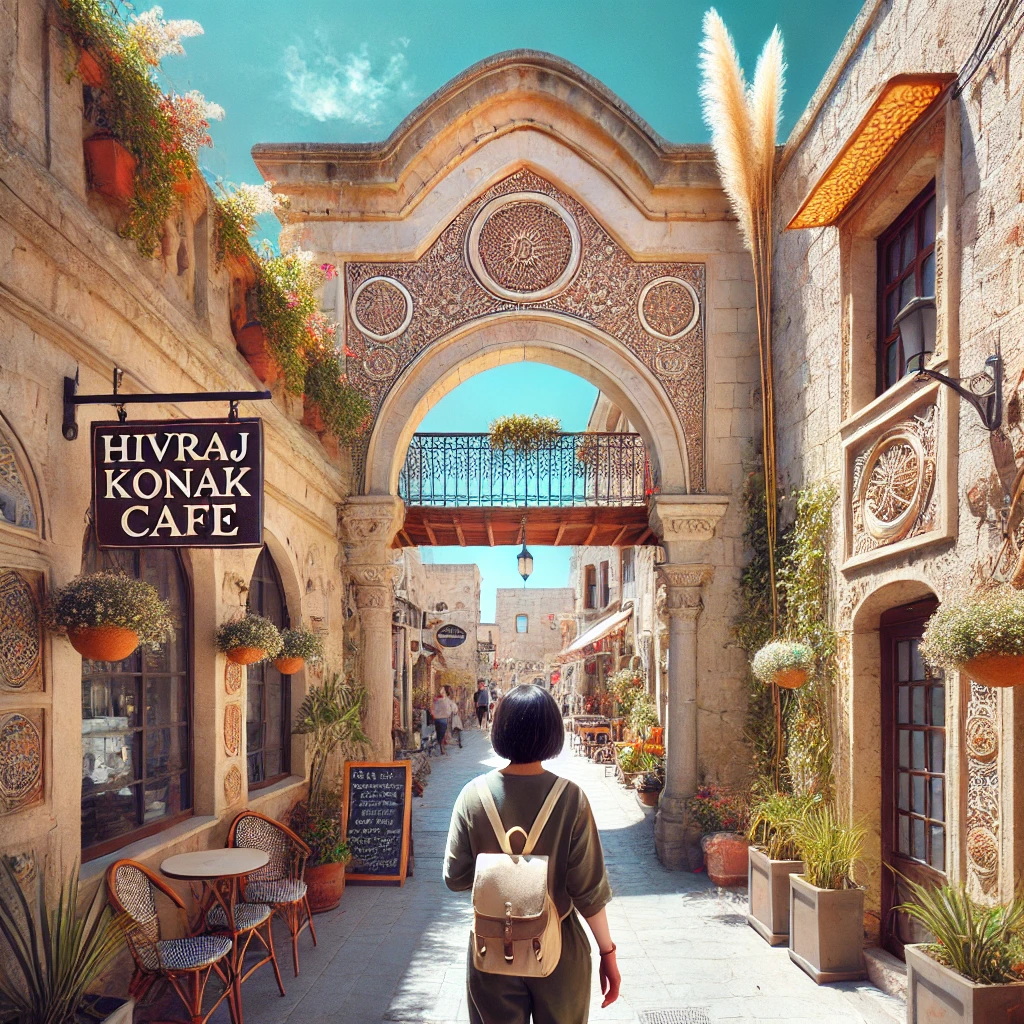ChatGPT:
Midyat, located in southeastern Turkey in the Mardin Province, is a city with a rich cultural and historical background, shaped by its unique blend of ethnic and religious groups. This ancient city is known for its distinctive stone architecture, intricate carvings, and a blend of Turkish, Assyrian, Kurdish, and Arab heritage.
Origin and Early History
The origin of Midyat dates back to ancient times, with evidence of settlements as early as the Bronze Age. It was part of the Mesopotamian region, nestled between the Tigris and Euphrates rivers, and has historically been a crossroads of civilizations. The city’s name likely has roots in Assyrian, though its exact origin is debated. Historically, Midyat became a significant center of the Syriac Orthodox Church, and to this day, it retains a strong connection to Syriac Christianity.
Development Through Empires
Throughout its history, Midyat came under the influence of various empires, including the Assyrians, Persians, Romans, Byzantines, and eventually the Islamic Caliphates. Each civilization left its mark, contributing to the cultural tapestry of the city. During the Byzantine and early Islamic periods, Midyat became known as a center of monastic life, with numerous monasteries established in the surrounding Tur Abdin region, a high plateau in southeastern Turkey.
In the Ottoman era, Midyat thrived as a trade center, known for its skilled artisans and craftspeople. The city was famous for its filigree silverwork, known as “telkari,” which remains a local specialty. The diversity of Midyat increased during this period, with communities of Assyrians, Armenians, Kurds, and Arabs living together and contributing to its distinct architectural and cultural landscape.
Modern Developments and Preservation Efforts
In the 20th century, sociopolitical changes and conflicts led to a significant migration of Assyrian and Armenian populations, resulting in demographic shifts. However, in recent decades, efforts to preserve and restore Midyat’s cultural heritage have increased. The Turkish government and local organizations have focused on restoring its historic architecture, promoting tourism, and revitalizing the cultural practices associated with the city’s diverse heritage.
Today, Midyat is a popular destination for tourists interested in its unique architecture, particularly the “Midyat houses” constructed from yellow limestone, which display intricate stone carvings and archways. Its historical churches and monasteries, such as Mor Gabriel Monastery (one of the oldest Syriac Orthodox monasteries in the world), attract visitors from around the globe.
Midyat stands as a symbol of cultural coexistence and is celebrated for its enduring craftsmanship, traditional architecture, and the resilient spirit of its people.
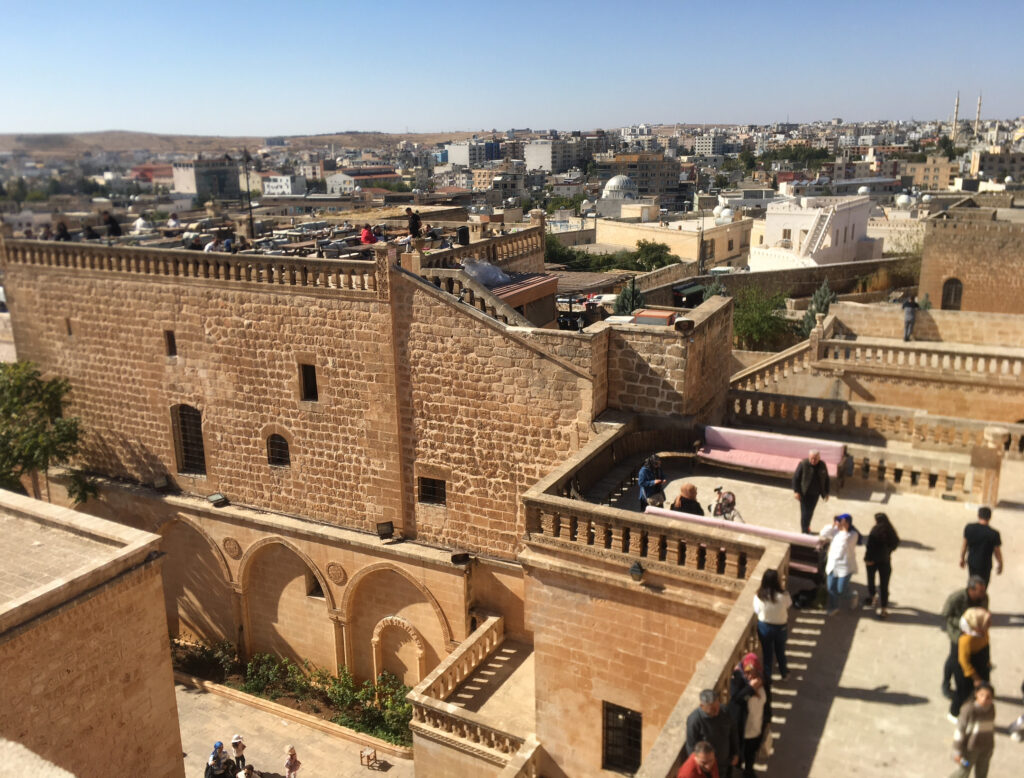
Midyat offers a wealth of historical monuments and tourist attractions, showcasing its unique blend of cultures, architectural styles, and religious heritage. Here are some of the key sites:
1. Mor Gabriel Monastery
• Also known as the Monastery of St. Gabriel, this is one of the oldest functioning Syriac Orthodox monasteries in the world, founded in 397 AD. It is a major pilgrimage site with beautiful mosaics, intricate carvings, and a deep sense of historical and spiritual significance.
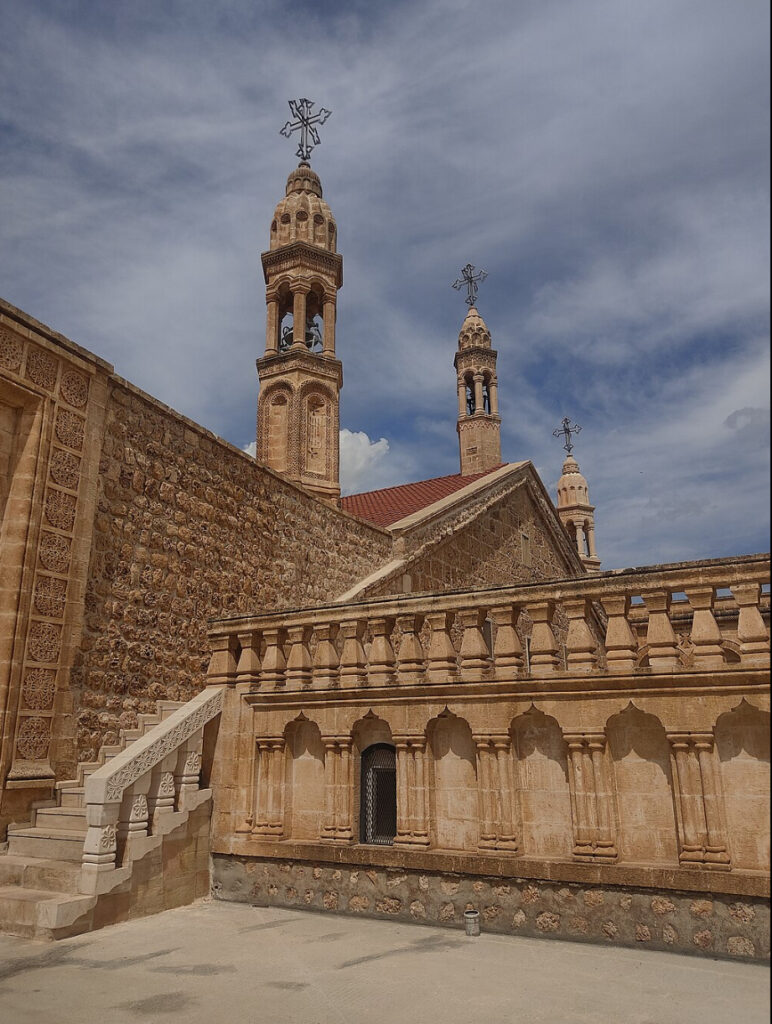

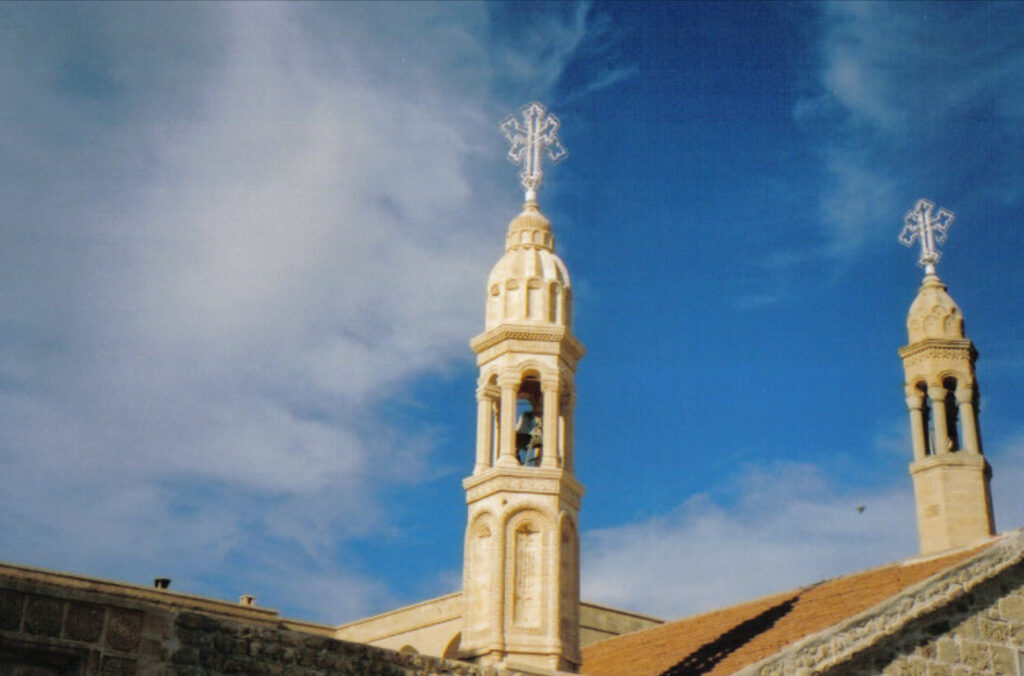
2. Mor Aksanoya Church
• This church, built in the 6th century, is another significant Syriac Orthodox site. It’s known for its unique architecture and beautiful views of the surrounding landscape.
3. Midyat Old Town (Midyat Eski Kent)
• The old town is famous for its traditional stone houses, narrow winding streets, and arched doorways. These limestone houses have intricate carvings that reflect the region’s unique architectural style. Walking through the old town gives visitors a glimpse into Midyat’s historical ambiance.
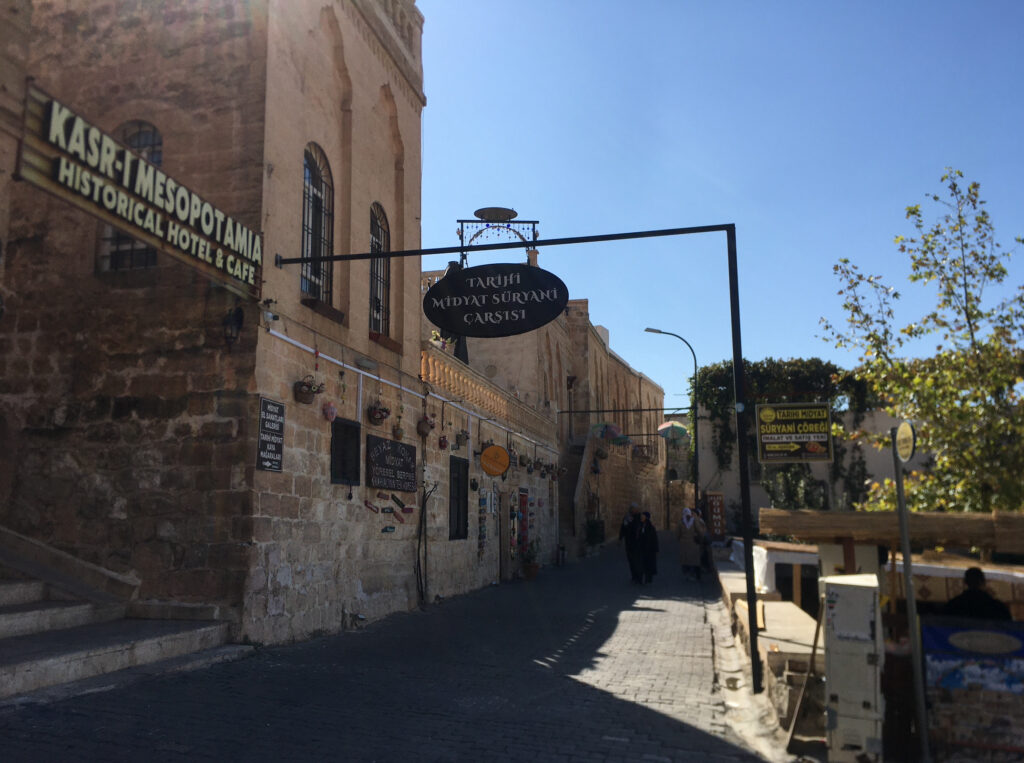
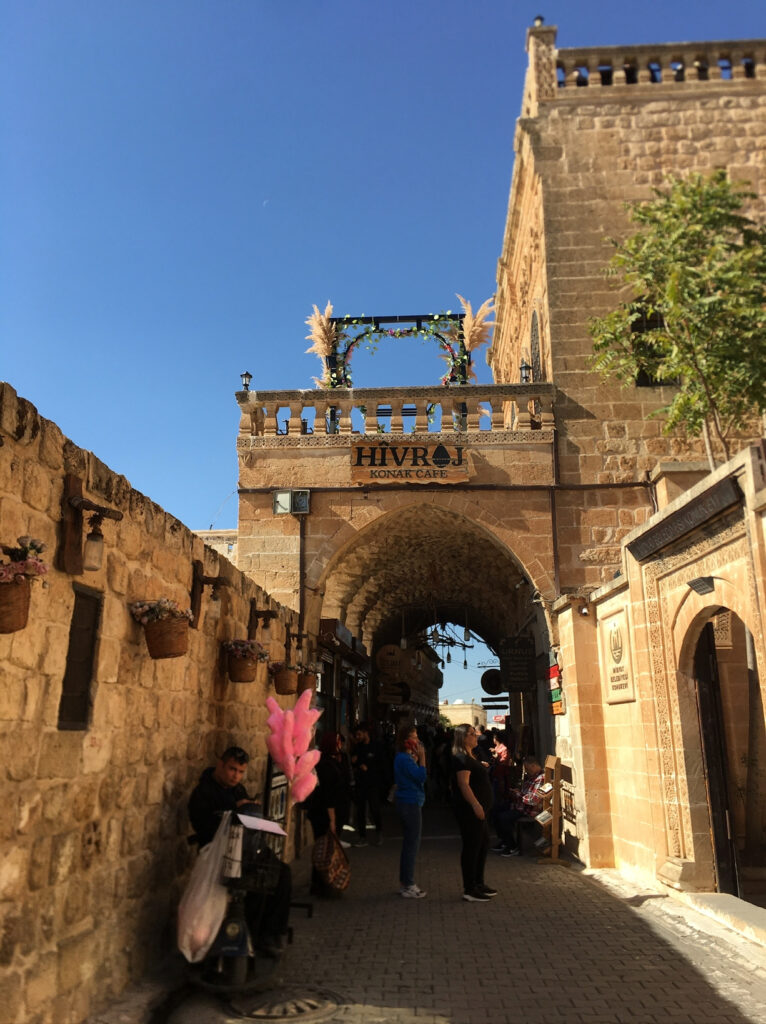
4. Midyat Guest House (Midyat Konuk Evi)
• This historic mansion, once a private residence, is now a cultural attraction. Its beautifully preserved architecture has been featured in Turkish television shows and offers panoramic views of the town from its terrace.
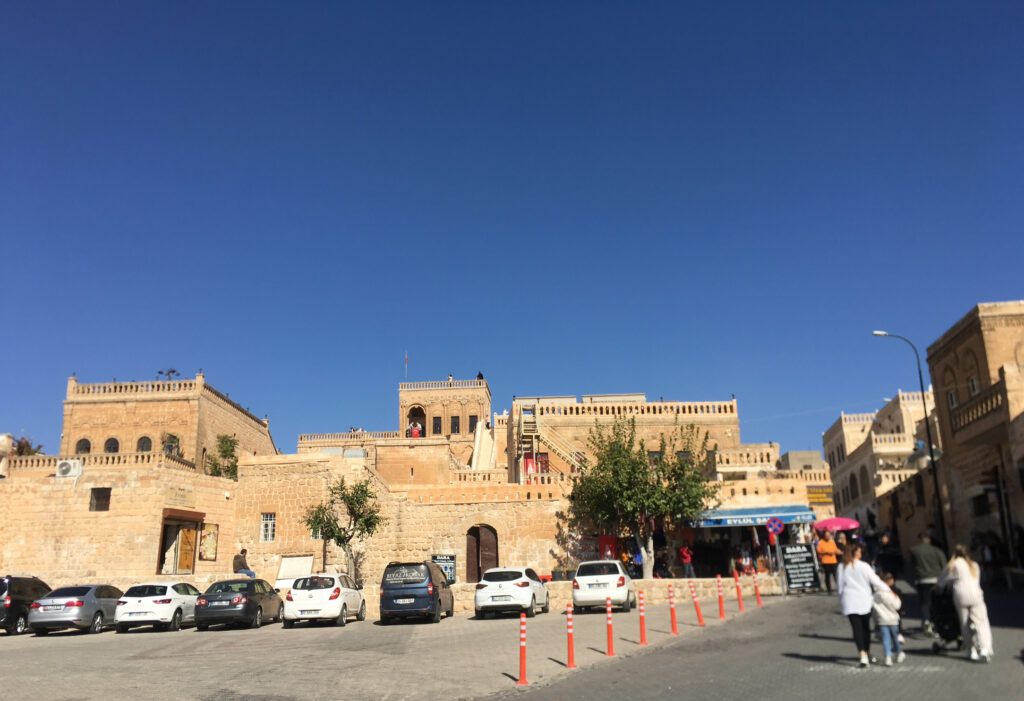
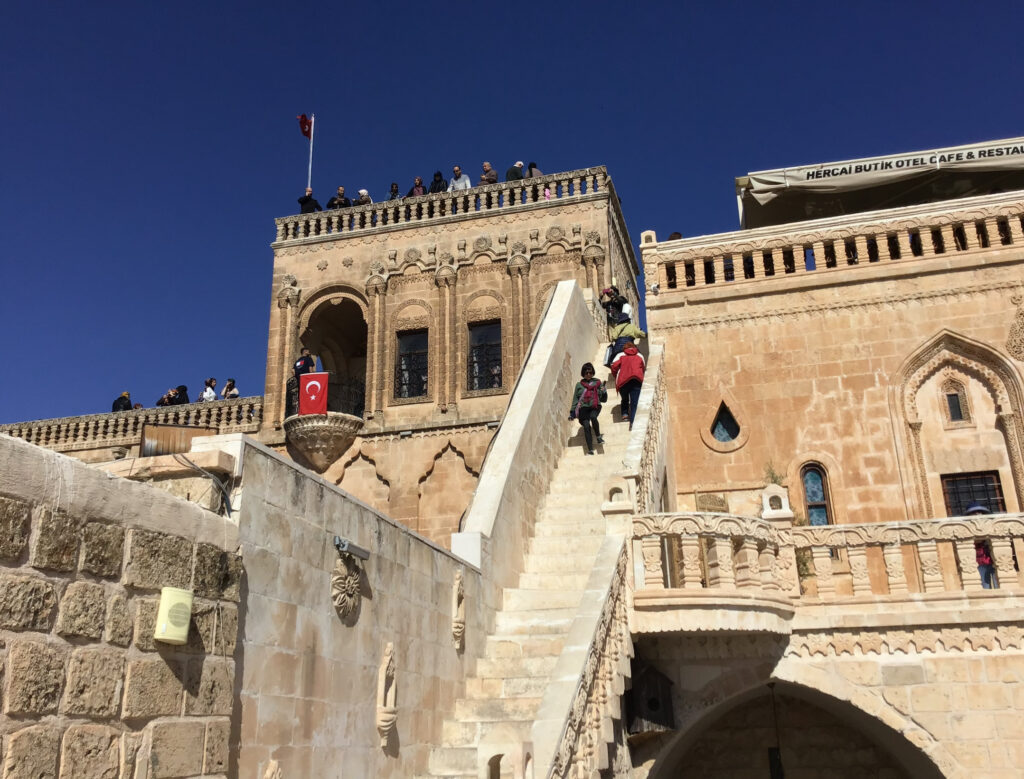
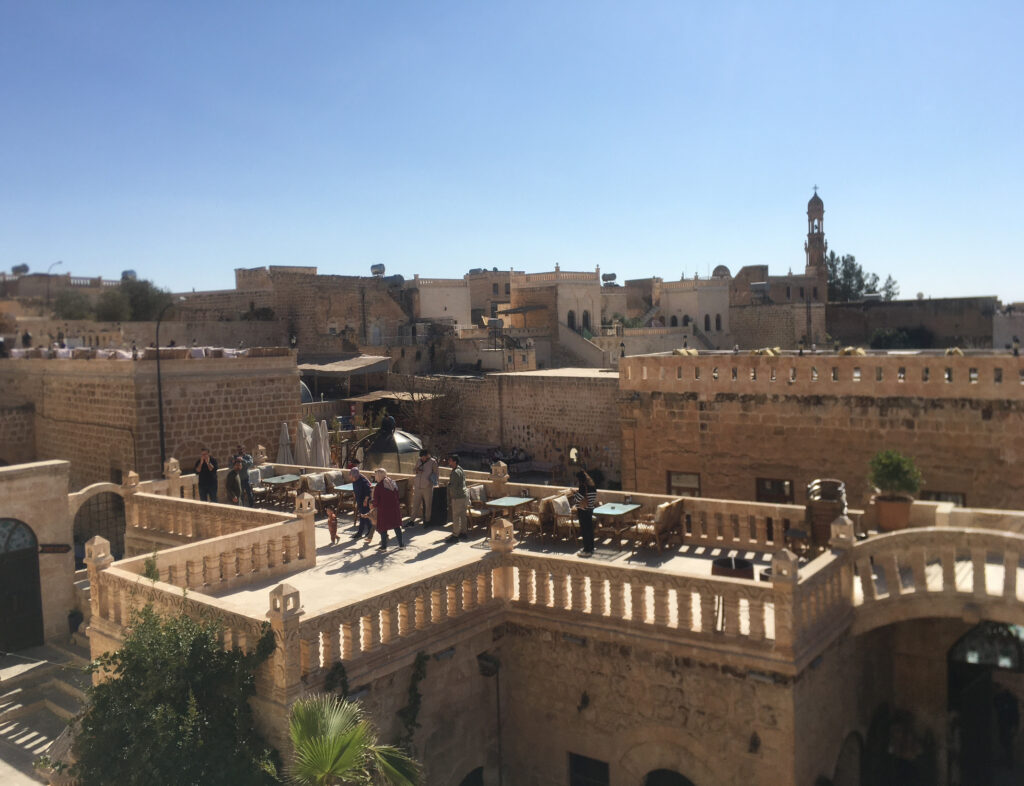
5. Zaz Village (Zaz Köyü)
• Located near Midyat, this village is known for its rural charm and traditional stone buildings. It also has a Syriac Orthodox church and offers visitors a chance to experience the quieter, traditional lifestyle of the region.
6. Mor Loozor Monastery
• Situated near Midyat, this lesser-known monastery is another significant Syriac Orthodox site with historical value. It is a quieter place for visitors interested in spirituality and history.
7. Church of Virgin Mary (Meryem Ana Kilisesi)
• This historic Syriac Orthodox church is in the heart of Midyat and is renowned for its stone reliefs and serene atmosphere. It reflects the long-standing Christian heritage of the area.
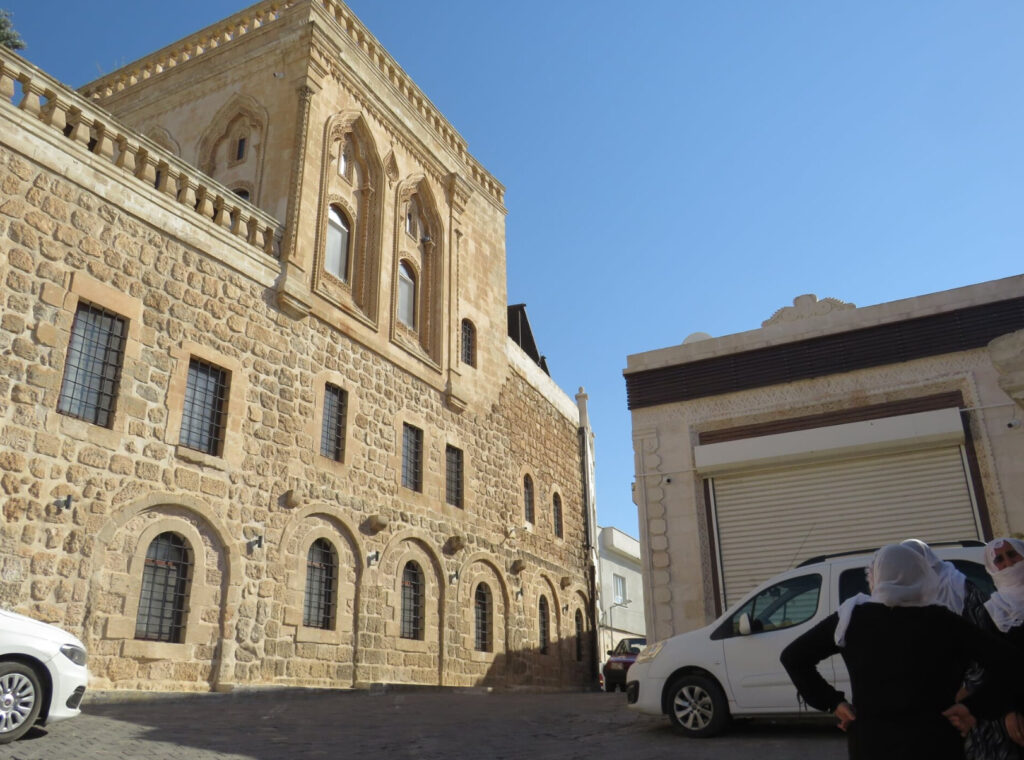
8. Midyat Market (Midyat Pazarı)
• Known for traditional handicrafts, especially silver filigree or “telkari” jewelry, the market provides a vibrant experience where visitors can purchase locally crafted items, pottery, and textiles.
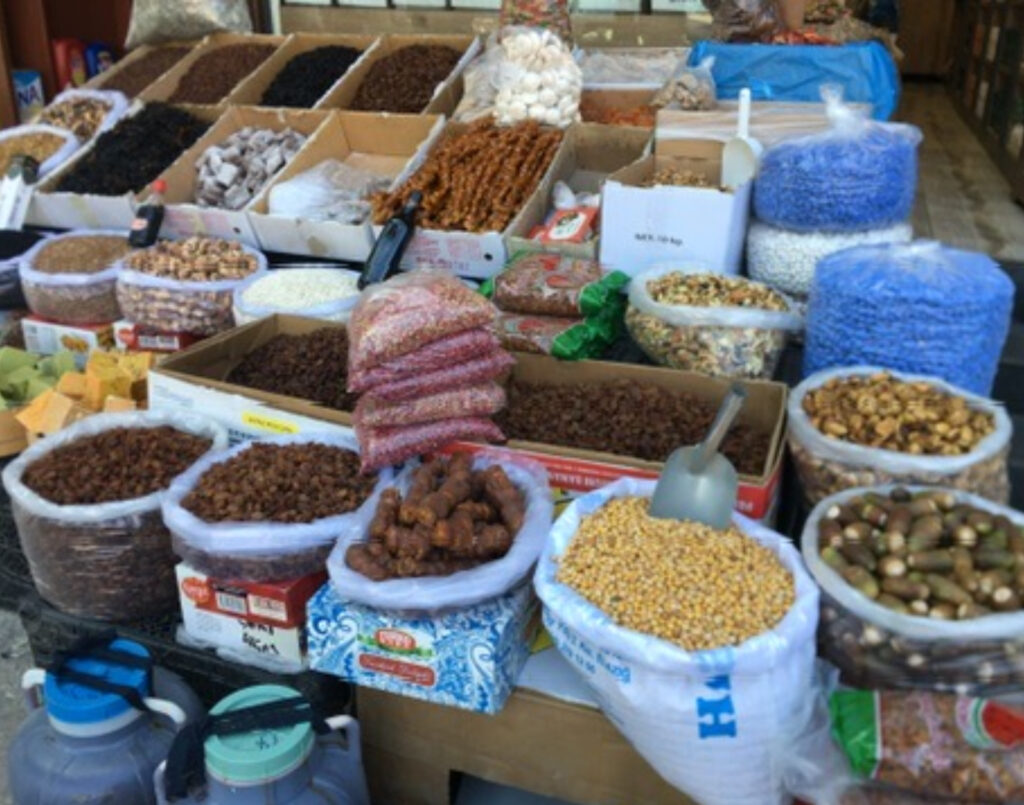
9. Mor Hobil and Mor Abrohom Monastery
• This monastery, built in the 6th century, is located on a hill near Midyat and offers beautiful views of the region. It’s another notable Syriac Orthodox site, representing the long-standing Christian heritage of Tur Abdin.
10. Gülgöze Village (Ayn Wardo)
• Known historically as a stronghold for the Syriac Christians, this village is famous for its role in resisting invasions during the early 20th century. It contains ruins and a church that carry significant historical weight for the local community.
11. The Great Mosque of Midyat (Cami-i Kebir)
• This mosque represents the Islamic architectural heritage of Midyat. It has a beautiful minaret and intricate stonework, symbolizing the religious diversity of the city.
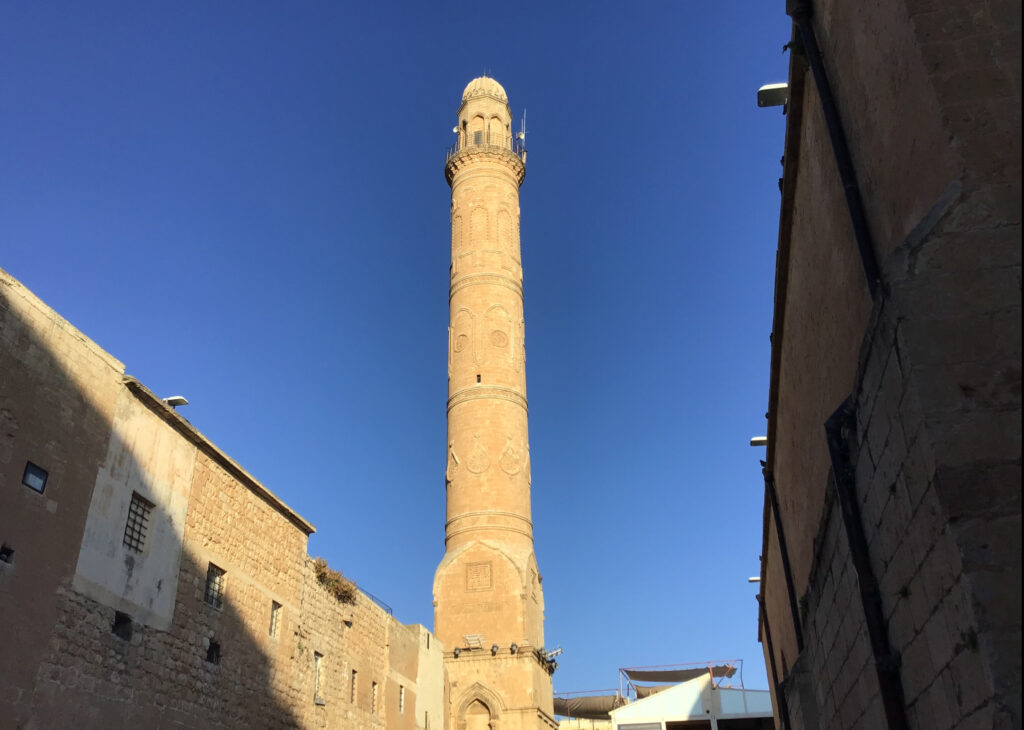
12. Mor Sharbel Church
• A significant church in Midyat for the local Syriac Christian community, known for its peaceful surroundings and cultural significance.

13. Tur Abdin Plateau
• While not a single monument, this plateau surrounding Midyat is filled with ancient monasteries and churches, making it a historic landscape of religious sites dating back centuries.
Each of these sites provides insight into Midyat’s multicultural heritage, blending Christian and Islamic histories alongside distinctive stone architecture and traditional art forms.
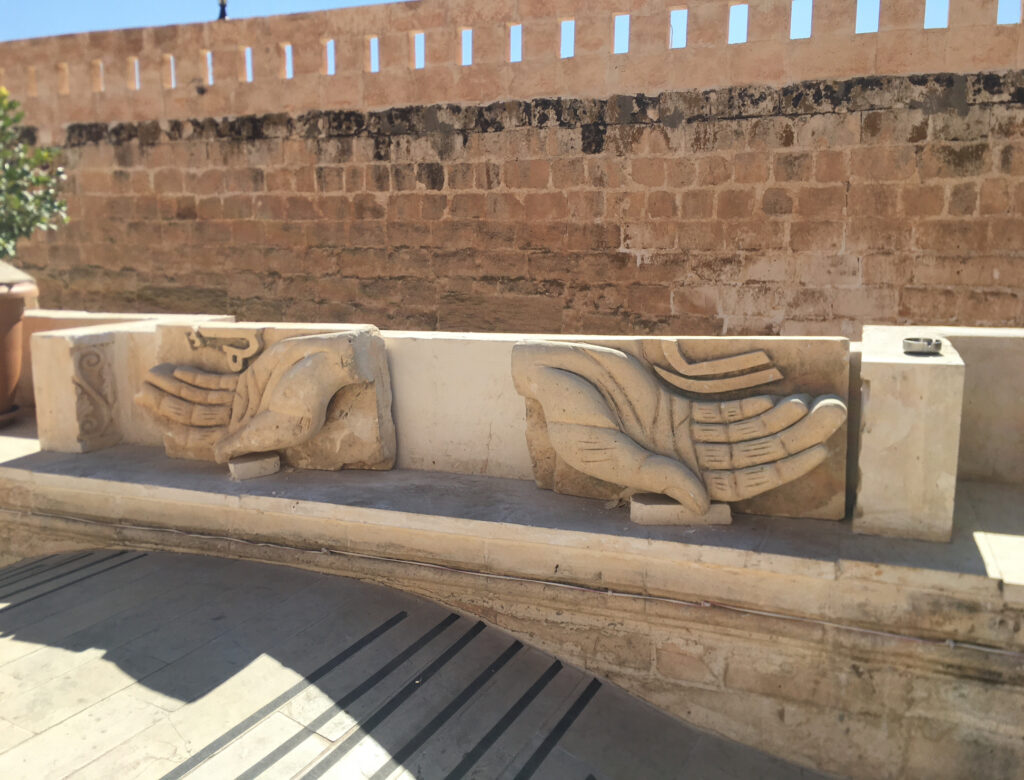
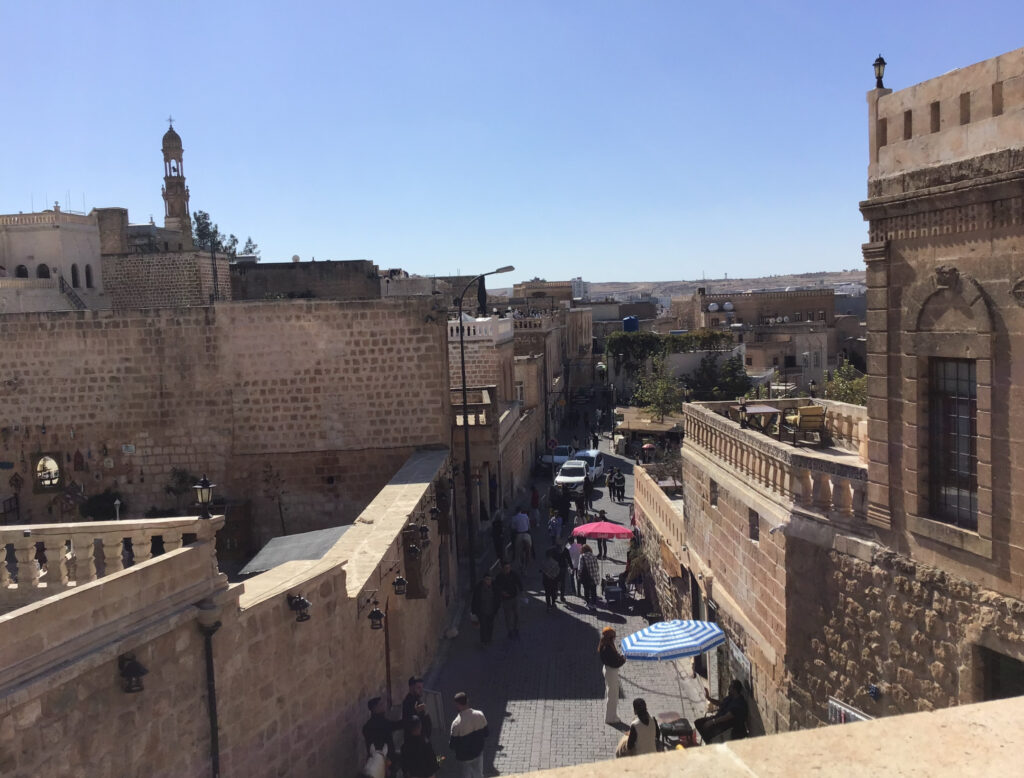
Here’s a one-day itinerary for exploring Midyat that captures the essence of its historical attractions, architecture, and local food specialties.
Morning
1. Start with Breakfast at a Local Cafe
• Begin your day with a traditional Turkish breakfast at a local cafe, such as Kültür Kahvaltı Salonu. Enjoy a spread of olives, cheese, honey, fresh bread, eggs, and local delicacies like menemen (scrambled eggs with vegetables) and sucuk (spicy sausage).
2. Explore the Old Town (Midyat Eski Kent)
• Wander through the narrow cobblestone streets of Midyat’s old town. Admire the iconic yellow limestone houses with their intricate carvings and arched windows, and stop by Midyat Guest House (Konuk Evi) for panoramic views from the terrace. This historical mansion is a great spot to take in the unique architecture of the area.
3. Visit the Church of Virgin Mary (Meryem Ana Kilisesi)
• Located within the old town, this historic Syriac Orthodox church offers a tranquil atmosphere and beautiful stone reliefs, giving insight into the region’s Christian heritage.
Midday
4. Lunch at a Local Restaurant
• For lunch, try Asude Midyat Sofrası or another local restaurant that serves authentic Mardin cuisine. Sample dishes like kaburga dolması (stuffed lamb ribs), içli köfte (stuffed meatballs), and sembusek (a savory pastry similar to a Turkish calzone).
5. Visit Mor Gabriel Monastery
• After lunch, head to Mor Gabriel Monastery, a short drive from Midyat. This 4th-century monastery is one of the oldest active Syriac Orthodox monasteries and a remarkable example of religious architecture. Explore the peaceful courtyards, mosaics, and ancient chapels.
Afternoon
6. Discover Midyat’s Silverwork at the Market (Midyat Pazarı)
• Return to Midyat and visit the Midyat Market to see the town’s famous silver filigree jewelry, known as telkari. This traditional craft is unique to the region, and you can find intricately designed earrings, bracelets, and other handmade items as souvenirs.
7. Visit the Great Mosque of Midyat (Cami-i Kebir)
• Take a moment to appreciate the architecture and peaceful surroundings of this historic mosque, which showcases Midyat’s Islamic heritage and reflects the city’s religious diversity.
Evening
8. Dinner at a Traditional Restaurant
• For dinner, enjoy a meal at Gelüşke Han or Cercis Murat Konağı. These establishments offer regional specialties such as soğan kebabı (onion kebab) and meftune (lamb stew with eggplant). Pair your meal with traditional sides like bulgur pilaf and a refreshing yogurt-based ayran.
9. Evening Stroll in the Old Town
• Conclude your day with an evening stroll through the old town. The stone buildings and narrow streets have a magical ambiance at night, allowing you to take in the historical atmosphere under the lights.
This itinerary combines the best of Midyat’s history, architecture, and cuisine, giving you a comprehensive experience of this culturally rich town in a single day.
